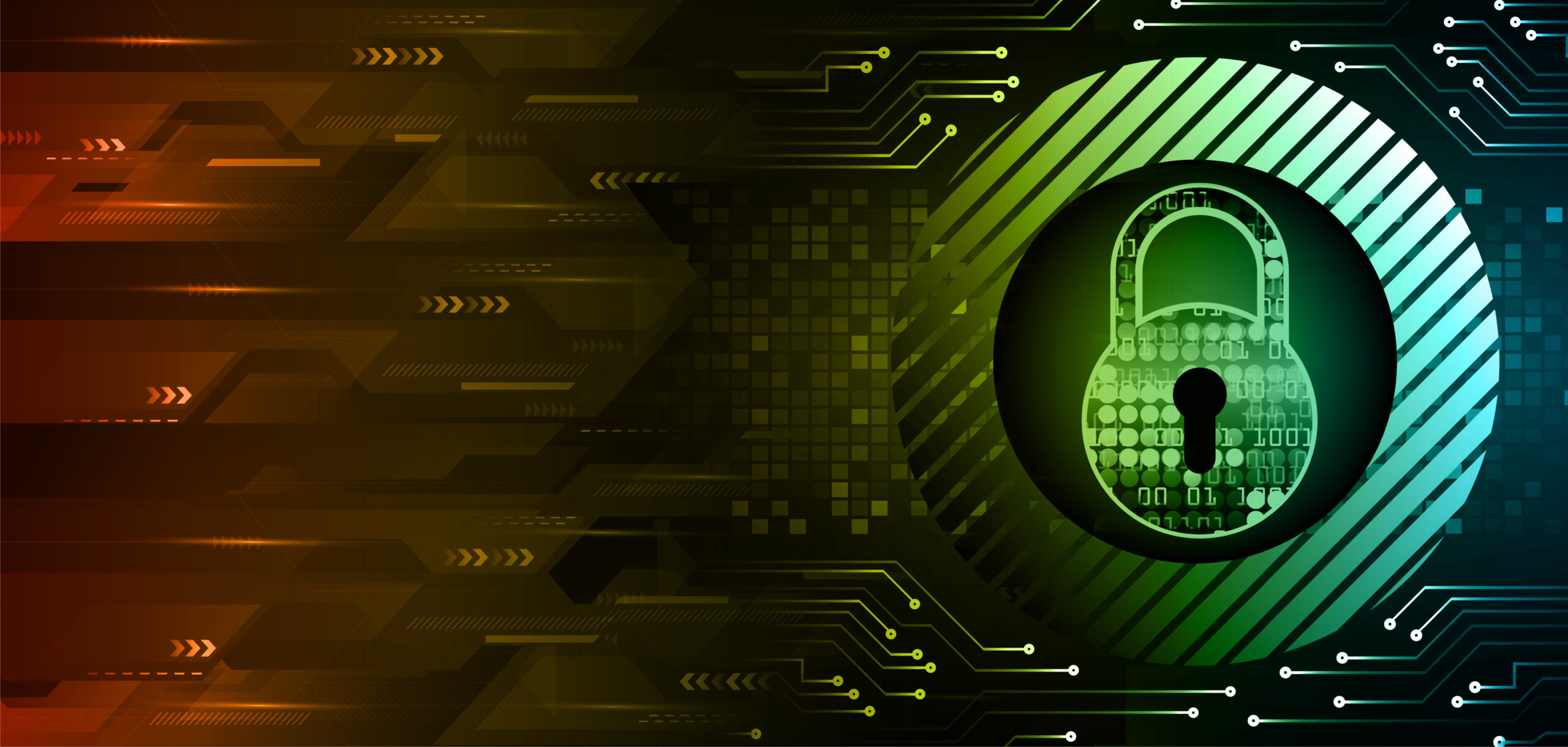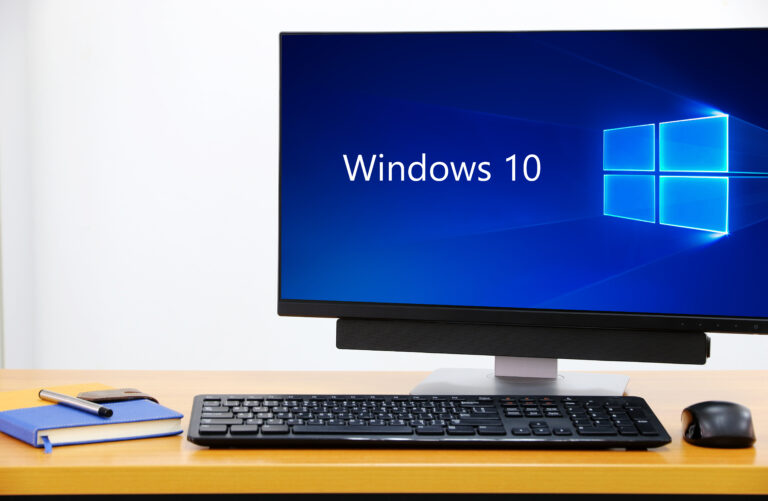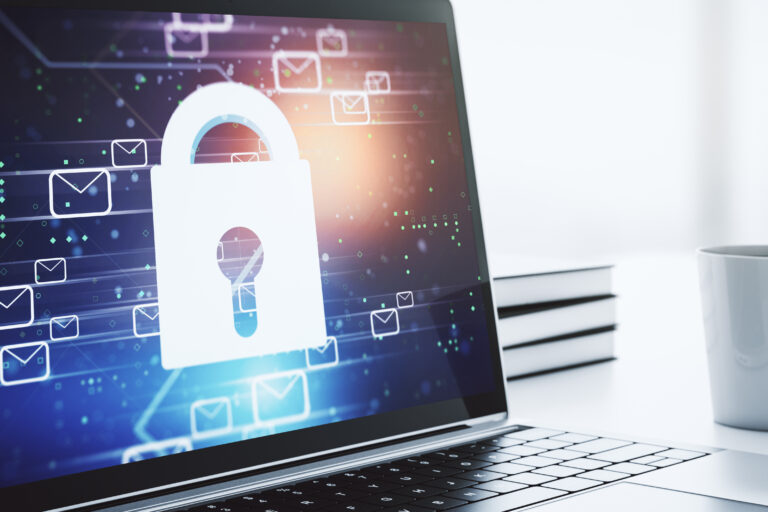At simpleroute, we’re committed to your digital security. Secure and strong passwords are the foundation of protecting your accounts and shared data and the first line of defense. Follow these simple best practices to create passwords that are both secure and easy to remember!
The Golden Rules of Secure Passwords
- Length is Power: Aim for at least 12-16 characters but longer is always better! Think of a phrase or a sentence, not just a single word.
- Mix it up: Combine different types of characters:
- Uppercase Letters (A, B, C…)
- Lowercase Letters (a, b, c…)
- Numbers (0, 1, 2, 3…)
- Symbols (!, @, #, $, %, ^, &…)
- Think Phrases, Not Words: Instead of a single, common word, use a unique phrase or a sentence.
- Bad Example: Password123
- Good Example: MyDogL0vesToCh@seSquirrels! (12 characters, mixed case, numbers, symbol)
- Even Better: TheRedFoxJumpedOverTheLazyDog!!1 (30 characters, mixed case, symbol, number)
- Be Unique – No Reusing! Never use the same password for multiple accounts. If one account is compromised, all others using the same password become vulnerable.
- Avoid Personal Information: Don’t use your name, birthdate, pet’s name, or any easily guessable personal details.
- Stay Away from Common Patterns: Avoid sequences like 123456, qwerty, or password. These are the first things hackers try.
Next Steps for Enhanced Security
To truly lock down your digital life and protect sensitive company information, consider these powerful tools:
- Utilize a Password Manager:
- What it is: A secure application that stores all your unique and complex passwords in an encrypted vault. You only need to remember one strong “master password” to access the vault.
- Benefits:
- Generates incredibly strong, unique passwords for every account.
- Eliminates the need to remember dozens of complex passwords.
- Securely autofills login credentials for websites and applications.
- Enable Multi-Factor Authentication (MFA):
- What it is: Also known as Two-Factor Authentication (2FA), MFA adds an extra layer of security beyond just your password. When you log in, after entering your password, you’ll be asked for a second piece of verification, such as:
- A code sent to your phone (via text or authenticator app).
- A fingerprint or face scan (biometrics).
- A physical security key.
- Benefits:
- Significantly reduces the risk of unauthorized access, even if your password is stolen or guessed.
- Helps protect against phishing attacks by providing an extra layer of security for compromised passwords.
- It’s becoming an industry standard for robust security.
- What it is: Also known as Two-Factor Authentication (2FA), MFA adds an extra layer of security beyond just your password. When you log in, after entering your password, you’ll be asked for a second piece of verification, such as:



